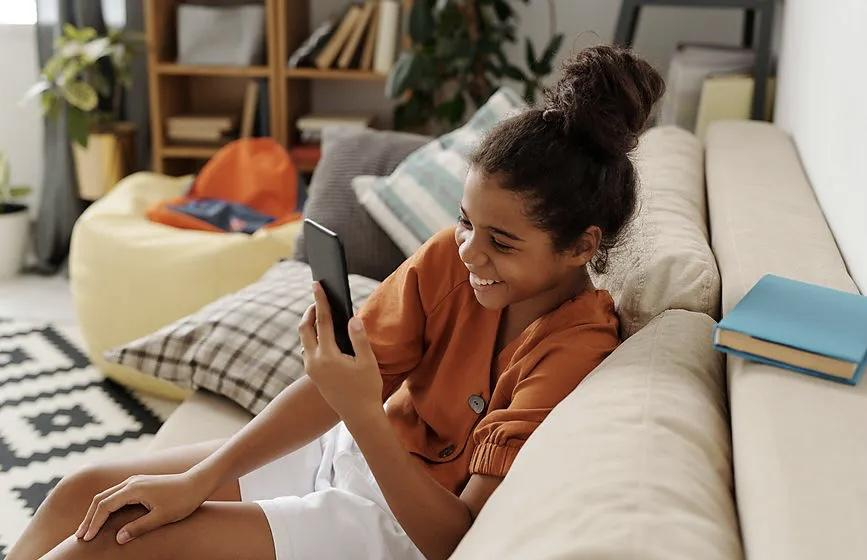In the time of smartphones, social media, and consistent networks, the present teenagers face a set of challenges that can influence their psychological well-being. The digital generation is growing up in a world tremendously unique in relation to that of past ages, and as a result, the way to deal with tending to their mental health needs should evolve. One innovative solution building up some momentum is teletherapy, a type of online treatment that offers a convenient and open way for youngsters to access mental health support.
The Digital Generation’s Mental Health Challenges
Teenagers today wrestle with a scope of mental health issues, from anxiety and depression to the tensions of academic achievement and social acceptance. The consistent openness to social media, cyberbullying, and the challenges of exploring online relationships add extra layers of complexity to their encounters. Understanding these challenges is crucial for creating successful interventions to help the mental well-being of youths.
Benefits of Teletherapy For Teenagers
Accessibility and Convenience of Teletherapy
One of the critical benefits of teletherapy is its accessibility. With the snap of a button, youngsters can interface with authorized specialists from the solace of their homes. This comfort addresses one of the barriers that frequently keep youths from looking for traditional in-person therapy – the challenge of transportation and scheduling. By eliminating these obstructions, teletherapy opens up a new avenue for teens to focus on their psychological well-being without disrupting their bustling lives.
Privacy Concerns and Confidentiality
Privacy is a vital concern in mental health treatment, particularly for youths who might be reluctant to share their thoughts and sentiments. Teletherapy platforms address this worry by utilizing advanced safety measures to guarantee the confidentiality of individual counseling. Therapists comply with severe moral rules, and the online format permits adolescents to participate in therapy discreetly, limiting the stigma related to seeking emotional health support.
Building Trust and Connection
One normal misinterpretation of teletherapy is that it might hinder the improvement of a solid therapeutic alliance between the teen and the therapist. Notwithstanding, studies show that teenagers frequently feel more happy expressing themselves online, prompting a quicker foundation of trust. Therapists skilled in teletherapy comprehend the nuances of building connections through a computerized medium, encouraging a climate where teenagers feel appreciated and understood.

Customized Approaches to Teen Teletherapy
Youths are not a homogeneous group, and their psychological well-being necessities vary widely. Compelling teletherapy recognizes this diversity and utilizes adaptable ways to address the unique challenges looked by every youngster. Whether it’s through cognitive-behavioral therapy, dialectical behavior therapy, or other evidence-based interventions, teletherapy allows for custom fitted treatment designs that align with the individual necessities of the teen.
Conclusion
Teletherapy for teenagers represents a groundbreaking change in addressing emotional wellness in the digital generation. By utilizing technology, eliminating hindrances to access, and giving customizable methodologies, teletherapy offers a contemporary solution for the unique challenges faced by present teenagers. As society embraces the capability of online therapy, it turns out to be increasingly clear that teletherapy isn’t simply a reaction to the digital age but an imperative part of a comprehensive mental health care system for the future.














